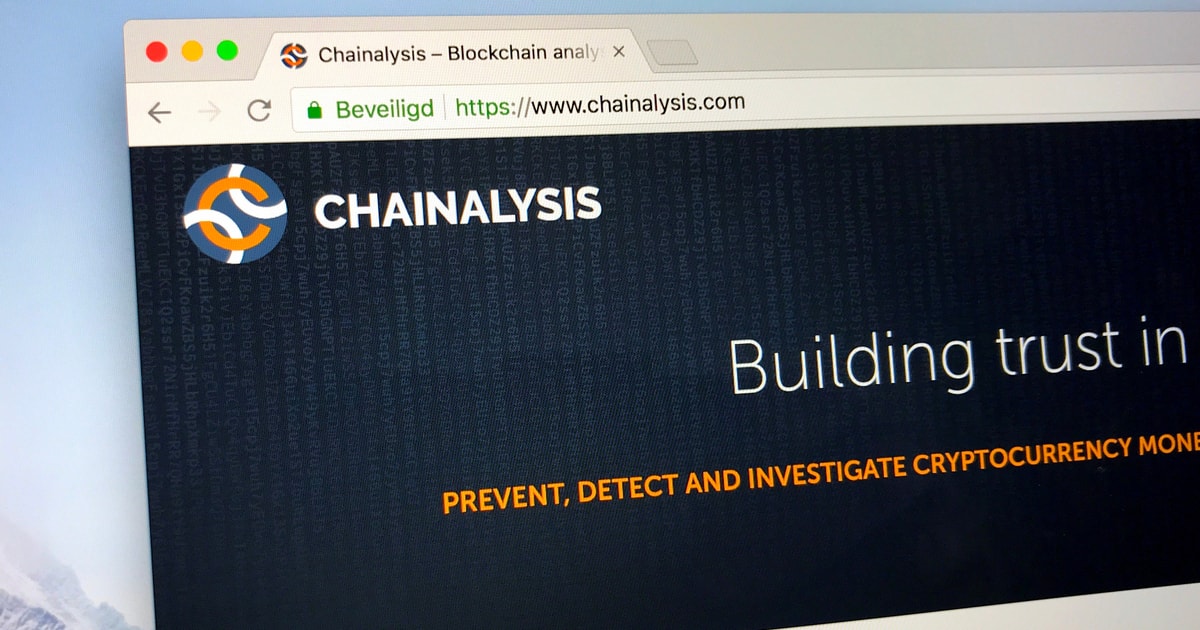
Speculative investing led people to FTX. Now that we’ve seen the consequences, let’s hope they start looking for value-based propositions.
The FTX collapse marks more than just the failure of another crypto exchange. It signals the time has come for the industry to grow up and embrace value. The value schism is here.
FTX was the world’s second-largest crypto exchange. Now, it is a meme for the death rattle of absurd amounts of money being poured into refurbished centralized business models whitewashed in faux decentralization.
As legendary investor Warren Buffet famously said, “Only when the tide goes out do you discover who’s been swimming naked.” It seems there were more than a few nude bathers in this last cycle. But we’ve seen this before, right? Actually, not quite.
Bitcoin (BTC) emerged at the start of the longest financial market bull run in history. The industry it spawned proliferated, literally, in the best of times. But all good things must end. Crypto is now facing the unhappy confluence of worsening macroeconomic conditions and regulators hungry for control.
Related: FTX fiasco means coming consequences for crypto in Washington DC
Traditional markets, meanwhile, are seeing the return of cautious, value-based investment. The reason is simple: When rates were at rock bottom, money was free. Now it’s not. The dizzying ascents of the Ubers, Airbnbs and DoorDashes were possible because when cash was free, businesses generating it weren’t valued. But promises no longer cut it. Investors will demand evidence of value before fronting up their increasingly expensive capital.
With the demise of FTX, crypto markets too will, for the first time, be subject to value-driven investment. Tokenomics was never real — see FTX Token (FTT). And however much we ignore its lessons in boom times, economics decidedly is. There is supply, and there is demand. When in balance, markets function. If they are not, markets do not.
We know now centralization in crypto markets does not work. There are too many opportunities for profiteering charlatans to prey on those with a weak grasp of opaque technologies. The result? Shattered illusions of those who believed in the pot of gold at the end of the crypto rainbow.
But among the debris, there is a shimmering light of hope: the value schism.
What is the value schism?
Crypto is in the midst of, in industry parlance, a “hard fork.” Those remaining once the FTX dust settles can choose to hunt for value that can be harvested and delivered to users, or they can persist with naked bets dependent on finding a “greater fool.”
Related: From the NY Times to WaPo, the media is fawning over Bankman-Fried
Some will stick with the latter path. Old habits die hard. But they will fall away as investors demand more. Meanwhile, we will see the rise of Web3 projects that drive real value by returning to basic commerce.
For those that succeed, rewards will be massive. For those offering merely the empty cheerleading of the past, the end will be swift.
Navigating a new paradigm
There are two guideposts to consider within the value schism. The first refers to cryptocurrency as a financial asset class; the second to blockchain as technological scaffolding.
The stumbling block to assessing crypto as a financial asset class is that there is simply no functioning model for valuing protocols — not unexpected in a nascent industry. In the earliest stages, no yardsticks existed to assess these networks. Retrofitted ones were built for mature markets.
Crypto has evolved since. We now have some grasp of different ways decentralized finance (DeFi) protocols are being used, allowing us to categorize networks.
Related: It’s time for crypto fans to stop supporting cults of personality
Bitcoin, a proof-of-work chain, is highly distributed — slow but secure. We can see how many wallets hold Bitcoin as well as how those wallets interact with the chain. The value moving across the secondary transaction layer, the Lightning Network, can be calculated.
Ethereum is a proof-of-stake chain. While more centralized than Bitcoin, it is the beating heart of DeFi. With DeFi has come a tool to help assess value: total-value-locked calculations. Although they have their limits, the emergence of advanced financial gauges outside traditional institutions is of great interest. Clearly, traditional finance thinks so — hence the increased regulatory focus.
The point is that in 2016, trading Ether (ETH) or Bitcoin felt similar. With increasing differentiation, we now have a range of data-driven gauges to assess these networks. Cryptocurrency is maturing into a real, measurable asset class.
The rise of functionals
Functionals are non-financial Web3 assets: products and services delivered via blockchain.
Take a zero-knowledge (ZK) proof. A homebuyer wants to show a real estate agent they have enough to cover their purchase without revealing the contents of their account. They can pay for this service to be executed through a ZK. In this case, they are paying solely for a privacy-preserving service, not speculating on an asset —not holding or trading.
Many such data-handling projects are emerging, offering services such as identity tooling, cloud storage, and search and indexing. Their decentralized infrastructure means they are priced very competitively relative to centralized counterparts.
The collapse of FTX is not unique, nor is it over. Contagion is working its way through the system, complicated by downward pressures exerted by macroeconomic forces. But when all is said and done, FTX will become a growth ring in the cryptocurrency narrative — evidence a fire passed through, leaving hardened systems that will drive value.
The value schism will force blockchain ecosystems to choose one of two paths: Continue to use hype cycles to generate speculative profits, or build models that surface real user value.
Just as personal computers migrated from hobbyists’ garages to the desks and pockets of the world, blockchain-based systems are growing up at last.
This article is for general information purposes and is not intended to be and should not be taken as legal or investment advice. The views, thoughts and opinions expressed here are the author’s alone and do not necessarily reflect or represent the views and opinions of Cointelegraph.

You can get bonuses upto $100 FREE BONUS when you:
💰 Install these recommended apps:
💲 SocialGood - 100% Crypto Back on Everyday Shopping
💲 xPortal - The DeFi For The Next Billion
💲 CryptoTab Browser - Lightweight, fast, and ready to mine!
💰 Register on these recommended exchanges:
🟡 Binance🟡 Bitfinex🟡 Bitmart🟡 Bittrex🟡 Bitget
🟡 CoinEx🟡 Crypto.com🟡 Gate.io🟡 Huobi🟡 Kucoin.















Comments